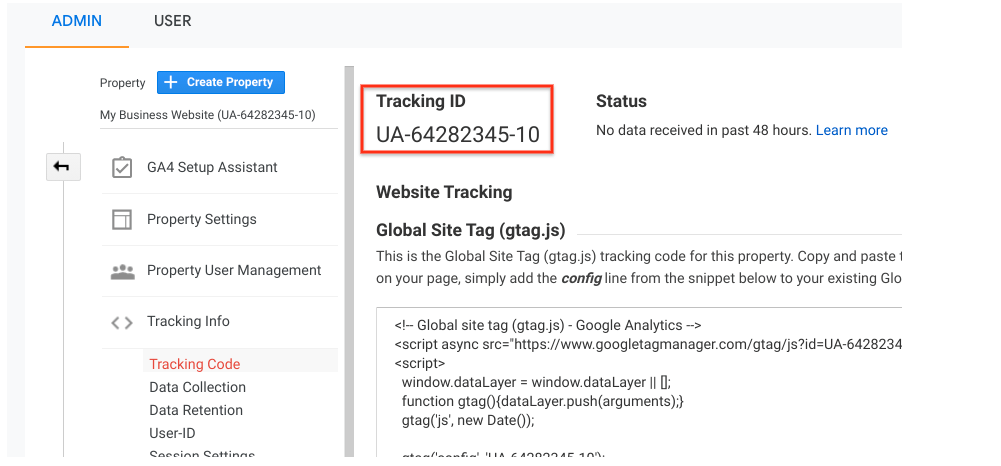Recognizing the Regulations: What Data Does Google Analytics Prohibit Collecting?
Recognizing the Regulations: What Data Does Google Analytics Prohibit Collecting?
Blog Article
Understanding the Art of Overcoming Information Collection Limitations in Google Analytics for Better Decision-Making
In the world of digital analytics, the ability to essence meaningful understandings from data is paramount for educated decision-making. By employing innovative strategies and strategic approaches, organizations can elevate their data high quality, unlock concealed understandings, and pave the means for more reliable and informed choices.
Information Quality Assessment
Assessing the high quality of data within Google Analytics is an essential action in guaranteeing the dependability and precision of insights stemmed from the gathered information. Information top quality evaluation involves examining various aspects such as precision, efficiency, uniformity, and timeliness of the information. One essential element to take into consideration is information precision, which refers to just how well the information reflects truth worths of the metrics being determined. Incorrect information can lead to defective verdicts and misguided business choices.
Efficiency of data is another vital variable in analyzing data quality. Consistency checks are additionally important in information high quality analysis to recognize any disparities or abnormalities within the data collection. By focusing on data quality analysis in Google Analytics, services can enhance the dependability of their analytics records and make even more educated choices based on exact understandings.
Advanced Tracking Strategies
Making use of sophisticated monitoring strategies in Google Analytics can considerably boost the deepness and granularity of data gathered for more thorough analysis and understandings. One such method is event monitoring, which permits the monitoring of specific interactions on a web site, like click buttons, downloads of documents, or video clip views. By executing occasion tracking, services can gain a deeper understanding of individual behavior and interaction with their on the internet material.
Furthermore, custom dimensions and metrics supply a way to customize Google Analytics to details organization requirements. Custom-made measurements enable the creation of new data points, such as customer duties or customer sectors, while personalized metrics enable the monitoring of distinct performance indicators, like earnings per user or average order worth.
In addition, the utilization of Google Tag Supervisor can streamline the implementation of tracking codes and tags throughout a web site, making it easier to manage and release sophisticated monitoring setups. By taking advantage of these sophisticated monitoring methods, organizations can unlock valuable understandings and enhance their on-line methods for far better decision-making.
Customized Measurement Implementation
To boost the deepness of information accumulated in Google Analytics past sophisticated monitoring techniques like occasion tracking, companies can apply personalized dimensions for more customized understandings. Customized measurements allow companies to specify and collect certain data factors that are pertinent to their special goals and objectives (What Data Does Google Analytics Prohibit Collecting?). By designating customized dimensions to different aspects on an internet site, such as customer communications, demographics, or session information, businesses can get a more granular understanding of exactly how users engage with their on-line residential or commercial properties

Attribution Modeling Approaches
By using the ideal acknowledgment model, companies can properly connect conversions to the ideal touchpoints along the consumer journey. One common attribution design is the Last Interaction model, which gives debt for a conversion to the last touchpoint an individual communicated with prior to converting.
Data Testing Evasion
When taking care of huge volumes of data in Google get more Analytics, getting over data sampling is important to make certain precise understandings are obtained for notified decision-making. Data sampling occurs when you can look here Google Analytics estimates patterns in data as opposed to analyzing the full dataset, potentially bring about manipulated results. To avoid information sampling, one effective strategy is to reduce the date range being examined. By concentrating on shorter amount of time, the likelihood of encountering tested data declines, offering a more precise representation of customer behavior. In addition, using Google Analytics 360, the costs variation of the system, can aid reduce tasting as it enables higher data limits before tasting kicks in. Carrying out filters to narrow down the data being analyzed can also assist in staying clear of tasting concerns. By taking these aggressive actions to lessen information sampling, services can extract more exact insights from Google Analytics, leading to far better decision-making and enhanced overall performance.
Conclusion
Finally, understanding the art of getting rid of information collection constraints in Google Analytics is critical for making notified decisions. By conducting a thorough information top quality evaluation, applying advanced tracking strategies, utilizing personalized measurements, employing acknowledgment modeling techniques, and preventing data sampling, services can ensure that they have precise and dependable information to base their decisions on. This will eventually bring about a lot more efficient methods and far better outcomes for the organization.

Report this page